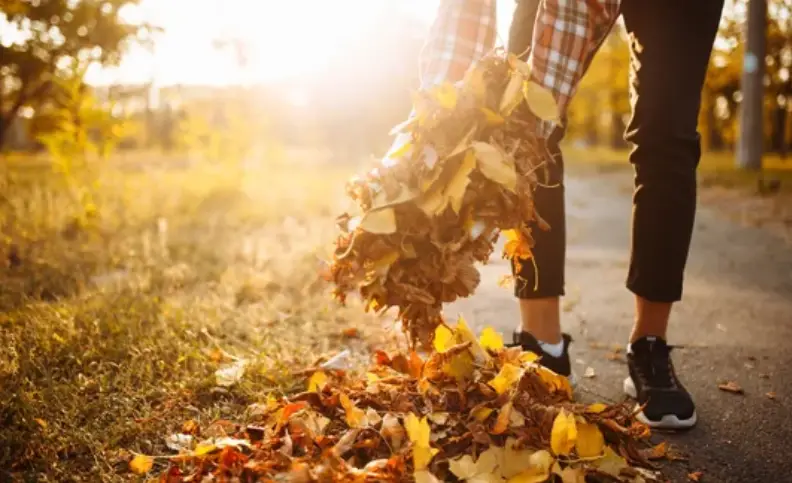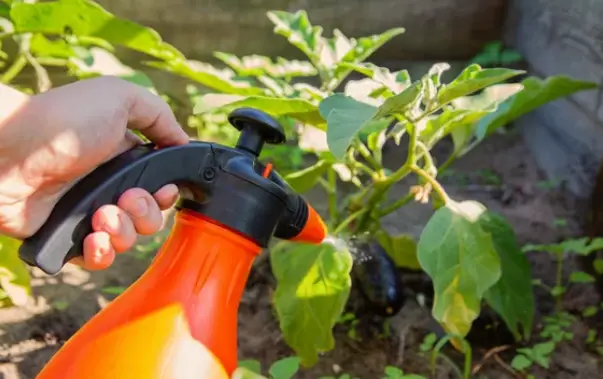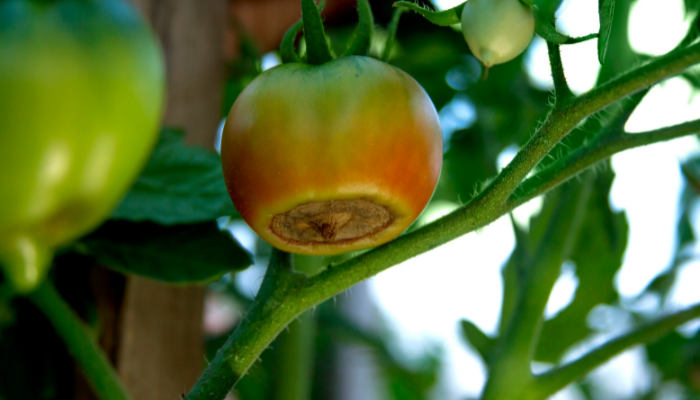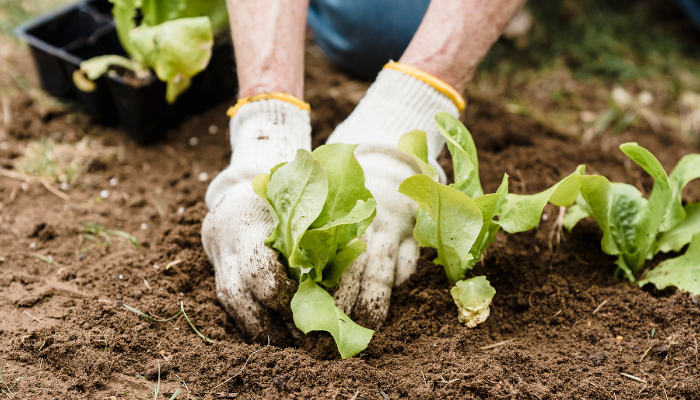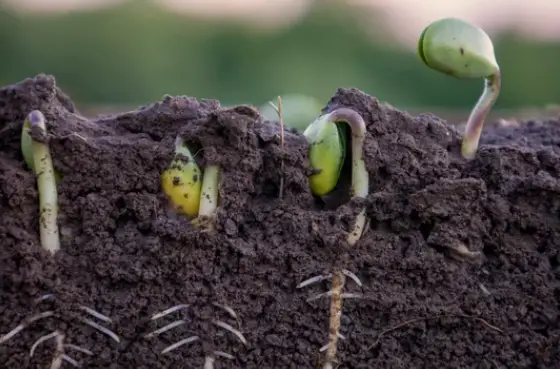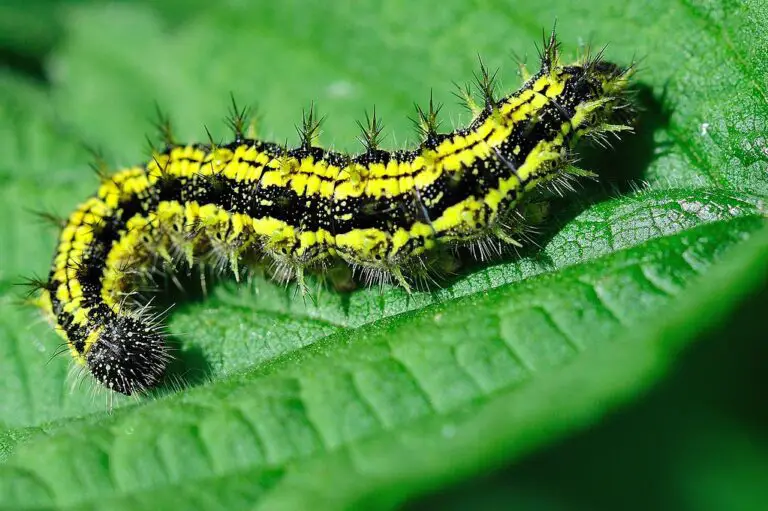BENEFITS OF PICKING UP OLD LEAVES IN THE YARD
By cutting down on waste, you are benefiting the environment when you pick up old leaves.
It also aids in lowering the quantity of water required for leaf removal and yard cleanup.
Despite their dirtiness, leaves are a rich source of nutrients that can be utilized as fertilizer or compost.
By gathering these leaves in your backyard and repurposing them, you can reduce the cost of maintaining your yard.
Read on to learn the advantages of collecting fallen leaves in your yard and why you should not throw them away.
What Separates an Old Leaf From a Dead Leaf?
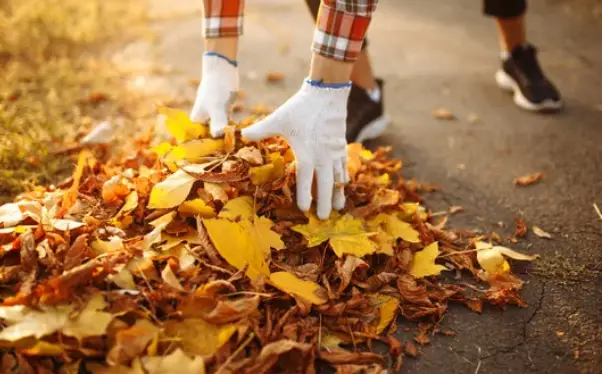
The color of the leaves distinguishes an old leaf from a dead one.
The leaves will most likely fall off soon after they turn yellow.
A living leaf gets its green color from the chlorophyll found in its cells.
As the tree or plant gets bigger, its chlorophyll is depleted and its older leaves turn yellow as they wither away from lack of nutrients.
Because they are unable to produce chlorophyll, dead leaves have a brown or grey hue.
Additionally, because their cell walls have broken down and become less rigid, they fall off branches far more easily than live leaves.
When leaves are still green, they can cling to a branch for several months until they turn yellow.
Why Remove Old Leaves to Maintain the Health of Your Lawn?
There are three methods that you can follow to maintain the health of your lawn.
To keep your lawn green, you can use organic products, water it properly, and remove any dead leaves.
In addition to being an annoyance in your garden, leaves offer many advantages.
They supply plants with nutrients and aid in the prevention of soil erosion.
They also aid in water retention in the soil, reducing the risk of flooding.
How Can Old Leaves Be Used?
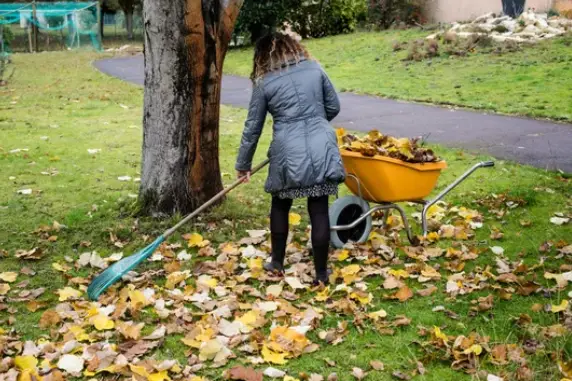
Composting is just one of the many uses for old, dead leaves in the yard.
One excellent method to recycle garden leaves is through leaf composting.
Compaction of leaves—arranging them in a mound or surrounding plants—will help maintain soil moisture and water retention.
Fallen trees can also be used for leaf composting; however, take care not to create a pile that is too deep as this could cause the tree’s roots to rot.
The most crucial component of any garden is the soil.
It is ideal for the soil to be slightly damp but not overly so.
It should have no trouble absorbing water from the earth and holding onto moisture.
A popular option is a blend of three different kinds of potting mix: one part sand, two parts peat moss.
You can be certain that the soil will absorb and retain water with this mixture.
Before adding their mix, some people like to place a layer of gravel at the bottom of their pots. This facilitates drainage.
Some people would rather not add gravel to their potting soil because it can make the soil heavier and more difficult for roots to drain.
Do an Autumn Cleanup to Tidy Up Your Yard
Fall is a perfect time to prepare your yard for the coming winter months.
A great way to clear the yard of leaves and other debris is to do an autumn cleanup.
It’s worth the work because it’s a great chance to plant new flowers and shrubs for the winter.
Planting flowers and vegetables in the fall will also help maintain the beauty of your yard throughout the winter.
Fall flower planting can add color and reduce the need for artificial lighting come wintertime.
Although they won’t be ready to be harvested until spring, the ground should be ready for vegetable plants. Planting a garden in the fall is a great idea.
Herbs and vegetables should be kept indoors throughout the winter to avoid freezing.

